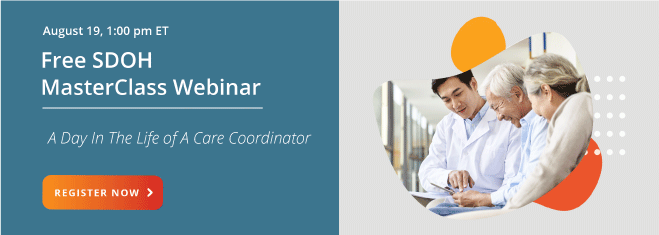In the public health field, COVID-19 has exposed to all what many of us have seen for years: the health of Americans is deeply divided along racial, economic, and geographic lines.
Around April of this year, many of us began to think that we might be able to control the spread of the virus in the United States if we followed public health guidelines. It is also when Rashawn Ray, Ph.D., a Fellow in Governance Studies at the Brookings Institution, posed a pressing question: Why are Blacks dying at higher rates from COVID-19? His work explores the structural conditions that cause racial health disparities. This “epidemic within the pandemic,” as he describes it, is demonstrated by the fact that Blacks in about every state with racial data available have higher contraction rates and higher death rates of COVID-19.
Several months later, many of us are now much less optimistic regarding our chances of controlling the spread of the virus. But this does not diminish our hope, especially in the public health and the SDOH field, that we can ultimately build back better. We have a once-in-a-generation opportunity to rethink how we prioritize health equity in our communities. As we work on rebounding and rebuilding from COVID-19, what should our priorities be?
It all starts with cross-sector collaboration
A community’s ability to coordinate care is a key social determinant of health. New research published this month in the American Journal of Public Health identifies a clear line between the strength of relationships between health and social care organizations in a given community, and the health of residents in that community. “Cross-sector fragmentation is a powerful determinant of health, because it can lock in inequality and prevent communities from steering available resources to the people and problems that need these resources most,” said Glen Mays, Ph.D, professor in the Colorado School of Public Health and senior author of the study.
The work of creating a fully-functional cross-sector ecosystem can be daunting, but it’s important to note that this work takes several years. California’s Whole Person Care program is an example of a cross-sector effort that has achieved strong and lasting outcomes for people in need, especially those who are chronically homeless. Strategies like Whole Person Care, which deliberately integrate medical with nonmedical services such as housing, social services, and long-term services and supports, are better positioned to meet their goals and help individuals in lasting ways.
Medicaid can serve as an innovation catalyst
To ensure alignment across agencies, the Center for Health Care Strategies recently argued that state public health and Medicaid agencies are well-poised to leverage existing population health partnerships such as those related to tobacco cessation and diabetes prevention, and the complementary skillsets required to collaborate on these efforts. These partnerships can serve as the foundation for future COVID-19 recovery efforts to reduce health disparities.
With more than two-thirds of all Medicaid beneficiaries receiving care under managed care arrangements, Medicaid managed care plans also have a role to play. During the pandemic, many community-based health plans have stepped up to help with prevention, testing, and treatment. They should be engaged in discussions at the state and local level to offer their assessment of local community needs, and how they can play a role in innovative social interventions over the longer term.
Data can teach us, but predictive analytics could have unintended consequences
The healthcare and social services industries are swimming in data, ranging from historical utilization to in-depth patient/client demographics, to broad community and population needs. With great data comes great responsibility, specifically to the communities we serve. Can we ensure that our analysis of this data is free from implicit bias? It is widely acknowledged that risk stratification algorithms introduce complicated ethical dilemmas surrounding race, ethnicity, gender, and other forms of classifying individuals.
Implicit bias has been observed in predictive models in other fields, such as criminal justice, facial recognition for policing, immigration, and university admissions. What data cannot do is replace the authentic healing relationship built on trust between a care provider and a person in need. As we renormalize the usual delivery of health and social services, we must be careful not to rely on data to do what only humans can. There is a role for predictive analytics, but our use of these innovations should support the deployment of new models of care that are customized to local populations, informed by clinician expertise, and designed to prioritize those most in need.
The best care coordination platforms include client tracking tools to see where people are in the health and social care system, longitudinal shared plans of care to keep all members of the care team centered around the needs and goals of their clients, and real-time alerts and notifications of critical information. Join our webinar on August 19th and hear how a former care coordinator learned to do her job efficiently with the right tools.
